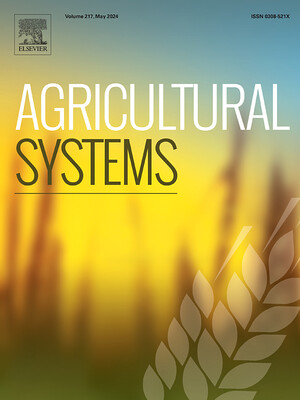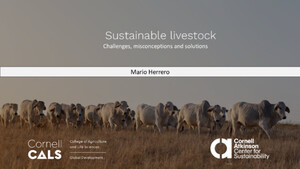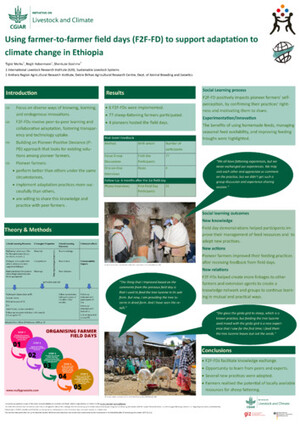
Simulating rangeland ecosystems with G-range: Model description and evaluation at global and site scales
Abstract
Rangeland ecosystems and their roles in providing ecosystem services are vulnerable to changes in climate, CO2 concentration, and management. These drivers forcing widespread changes in rangeland ecosystem processes and vegetation dynamics create two-way interactions and feedback loops between biogeochemistry and vegetation composition. To support spatial simulation and forecasting in the global rangelands, the G-Range global rangelands model couples biogeochemical submodels from the CENTURY soil organic matter model with dynamic populations’ submodels for herbs, shrubs, and trees. Here is presented a model description for G-Range, including novel elements of G-Range and implementation of CENTURY code. An initial evaluation of G-Range at global and site scales follows. G-Range outputs for net primary productivity (NPP) and vegetation cover (herbs, shrubs, trees, bare ground) were evaluated against global MODIS layers at global and site scales, and aboveground and belowground NPP were compared with field data from globally distributed sites. Most model outputs evaluated were within the range of a priori benchmarks for tolerable absolute or relative error (two benchmarks per output, at two scales, for five outputs of NPP and vegetation cover). Trade-offs in model fit among variables, datasets, and scales indicated practical constraints on improving model fit with respect to the selected evaluation datasets, especially field NPP versus MODIS NPP. The relative effects of multiple drivers of rangeland vegetation change were the greatest sources of uncertainty in model outputs. G-Range is best suited to scenario analysis of large-scale and long-term impacts of climate, CO2, and management on rangeland ecosystem processes and vegetation, as well as ecosystem services, such as production of forage and browse and carbon sequestration.
Citation
Sircely, J., Conant, R.T. and Boone, R.B. 2019. Simulating Rangeland Ecosystems with G-Range: Model Description and Evaluation at Global and Site Scales. Rangeland Ecology & Management 72(5):846–857.










